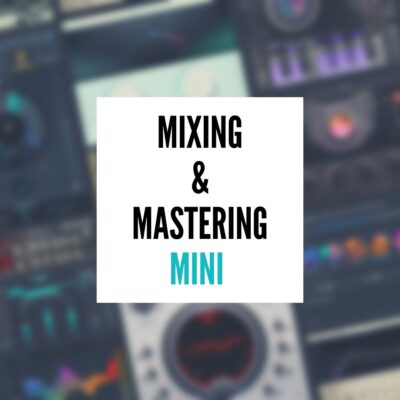In this blog post, we’ll delve into the vocal chain of one of the most celebrated mixing and mastering engineers in the industry. Known for his work with chart-topping artists like Katy Perry, Sam Smith, and Sia, he has earned a stellar reputation for his impeccable mixing techniques.
Despite his elusive nature, with only two interviews in the last twenty years, we’ve gathered valuable insights from various sources about his mixing practices. Recently, his mixing partner, John Haynes, shared a wealth of information about their vocal chain during a Q&A session on Gear Space.
The Vocal Chain Breakdown
Compression and EQ: According to the Q&A, the vocal chain typically begins with compression followed by EQ. If there are any low frequencies to clean up, they start by using the Avid Q3 to filter out the lows before applying compression.
The Metric Halo Channel Strip is frequently used for both EQ and channel strip duties, making it a staple for Serban’s vocal processing.
Compression Settings: When it comes to compression, the Waves 1176 compressor is a favorite. They often hit about 3 dB of compression using the Blackie model at a 4:1 ratio or go for a more aggressive 10 dB compression with the Bluey model at a 4:1 ratio for a more in-your-face sound.
Attack and Release: The attack and release settings are crucial for tailoring the compression to the vocal performance. A slow attack can help a staccato vocal cut through, while a fast attack is ideal for smoothing out legato notes. Release adjustments are made based on the timing of the vocal, ensuring that the compressor releases before the end of a word or syllable to avoid pulling up unwanted noise between phrases.
De-Essing: For taming sibilance, the Waves Renaissance De-Esser is used with a frequency set around 5500 Hz, applying about 6 dB of gain reduction, adjusted to taste.
Additional Processing Tools
Noise and Mouth Noise Cleanup: To clean up track noise, mouth clicks, and other unwanted sounds, they rely on Izotope RX11.
Reverb and Delay: The Valhalla Vintage Verb is often the main reverb used, providing a lush and spacious sound. For delays, Waves H-Delay and Avid Mod Delay 3 are the go-to choices. They also use various delay effects to add depth and dimension to the vocals, such as quarter-note, eighth-note delays, and more specialized effects like cathedral spaces or plate reverbs.
Insights from Other Sources
In an article on Sound on Sound about mixing the Doja Cat song with Clint Gibbs, who is influenced by Dr. Luke and Max Martin, there are further insights into the vocal chain. Gibbs mentioned that all vocal audio tracks follow a similar signal path, including the Metric Halo, Avid Bomb Factory 76, Avid Dynamic EQ, and de-esser. Additionally, the lead vocal is processed with FabFilter plugins and various delay and reverb sends, much like what John Haynes described in his Q&A.
Conclusion
The Serban vocal chain, though relatively simple, is highly effective. It combines strategic use of compression, EQ, de-essing, and time-based effects to achieve a polished and professional vocal sound. For a more detailed breakdown and listening examples, check out the video below.
By understanding and applying these techniques, you can elevate your vocal mixing to new heights, emulating the sound of one of the industry’s most respected engineers.






